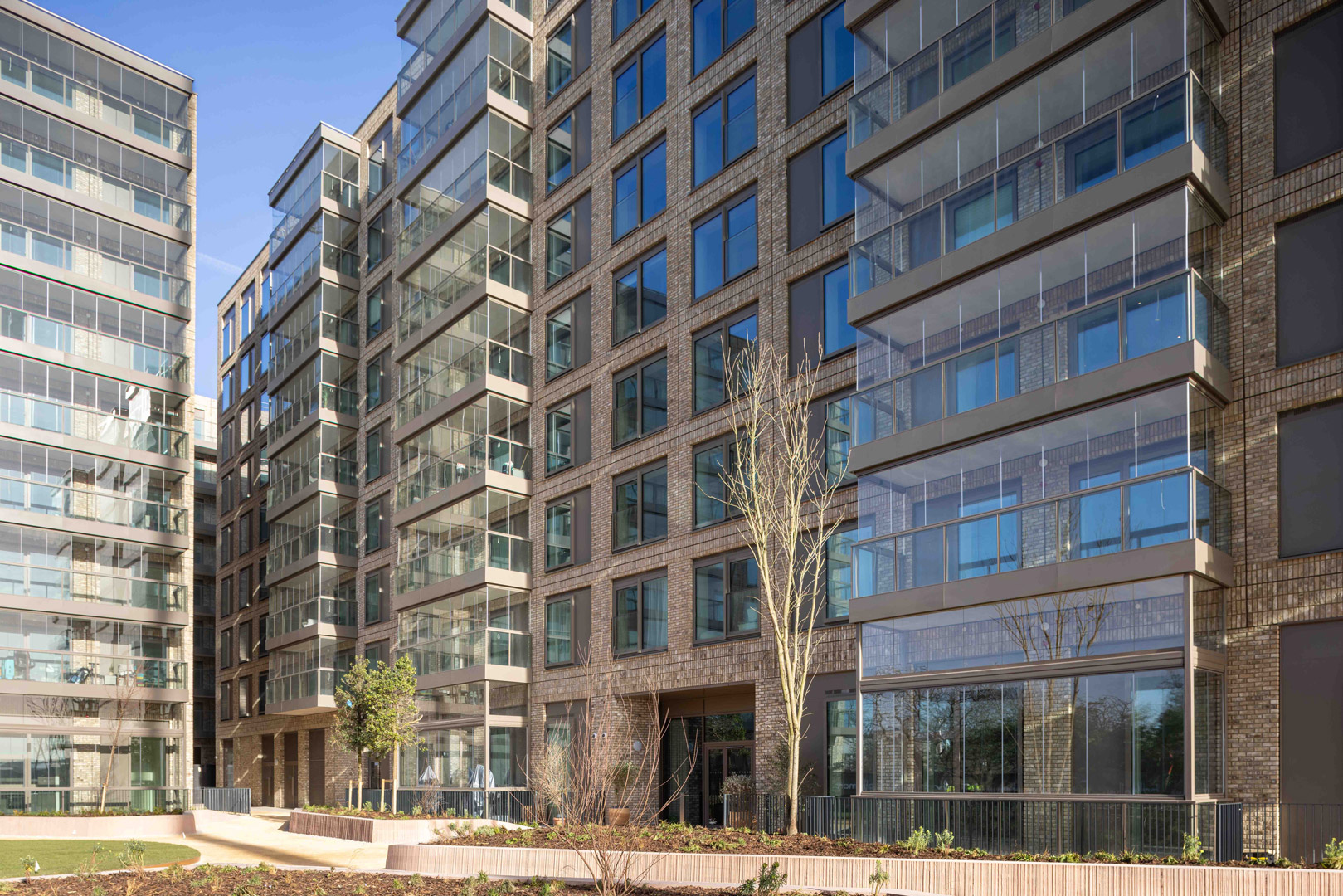Meeting the latest regulations for glazed balconies in high rise buildings
Andy Lake, UK & Ireland Sales Director at Pyroguard, discusses the updates to Building Regulations and fire safety legislation regarding glazed balconies for high rise buildings.

In 2020, Building Regulations introduced a ban on the use of combustible materials in and on the external walls of buildings, which included preventing the use of certain types of laminated glass – those with PVB interlayers – on high-rise balconies or terraces over 18 metres tall. This regulation was revised in 2022 to lower the threshold to 11 metres, reflecting an even more stringent approach to fire safety.
These changes came about following a major overhaul of fire safety regulations in the construction industry, after the Grenfell Tower fire and the Government’s Independent Review. This examined Building Regulations and related compliance focusing on multi-occupancy high-rise residential developments.
This comprehensive review led to significant amendments to Approved Document B in 2020, 2022 2025 and further amendments are expected in 2026 and 2029.
The Building Safety Act 2022 introduced additional measures aimed at enhancing the safety of high-rise buildings. This legislation placed greater accountability on architects and developers, giving them responsibility for ensuring compliance with fire safety regulations throughout the building’s lifecycle.
In March 2025 Approved Document B was further updated to remove all references to the British Standard reaction to fire test. The aim was to eliminate any confusion caused by operating a dual BS and EN system.
What does it mean for the construction industry?
These regulatory changes have posed significant challenges for manufacturers, architects and developers. In particular, the need to balance safety with aesthetic considerations has made the specification of materials for high-rise balconies increasingly difficult.
This was exacerbated when laminated glass with a PVB interlayer was deemed unsuitable for use above 11 metres because it may present a danger of spreading fire on the face of a building.
As glass is an extremely popular choice of material for high rise balustrading, due to its contemporary appearance and aesthetics, the regulations have led to a need for building designers to carefully consider the options.
Monolithic glass vs. laminated glass
Despite the guidance on changes to the regulations, there are still misunderstandings about the use of monolithic glass for high-rise balconies.
Monolithic glass, also known as single-pane glass, has traditionally been used in many glazing applications including high-rise balconies. However, this type of glass can present safety risks, particularly in high-rise settings. One of the main concerns is the risk of it spontaneously breaking, which can lead to significant hazards for both occupants and pedestrians on the street, as fragments have been known to fall from height.
Another disadvantage is that once it has been significantly damaged, monolithic glass does not provide a failsafe barrier, increasing the risk of falls from a balcony.
In contrast to monolithic, traditional polymer bonded laminated glass consists of multiple layers. This construction provides enhanced safety features, including the fact that in the event of breakage, the interlayer holds the glass together, preventing shards from falling and maintaining a barrier, therefore providing a higher level of safety. As laminated glass is designed to withstand high mechanical stresses this makes it less likely to break under pressure. However, this type of laminate is unlikely to meet the European A2 reaction to fire classification required by Approved Document B.
Non-flammable gel interlayers
In response to the evolving regulatory landscape, Pyroguard introduced an innovative laminated glass solution that utilises non-flammable gel interlayers, aiming to replace the polymer bonded laminate glass.
Pyroguard Balustrades is a patented safety glass product for balustrade and balcony applications, designed to re-establish laminated glass as an exterior design solution suitable for these applications. This balustrade glass utilises an intumescent gel interlayer that makes it inherently non-combustible and therefore compliant with the changes to the Building Regulations (Approved Document B). This product offers the durability and safety features of traditional laminated glass, while ensuring compliance with the latest building regulations.
This new type of laminated glass has been tested and approved with several market leading balustrade frame systems receiving a test classification of A2 from the notified laboratories Applus and Warringtonfire.
Developments in glass technology
Integrating the non-combustible gel interlayer makes Pyroguard Balustrades an ideal choice for high-rise developments.
This balustrade system has been successfully used in various high-profile projects, including residential developments like Deanston Wharf in London and Quantock House in Somerset. These projects showcase the potential for integrating glass into high-rise designs without compromising safety.
Fire safety glass – for a safer future
Fire safety regulations have brought about significant changes in the way glass is specified for high-rise balconies. Great consideration of materials used and reassurance through test certification is helping tall building specifiers to ensure that they achieve a fully compliant building which offers essential fire safety features to protect occupants.
Innovations in non-combustible laminated glass are offering a compelling solution to meeting the latest fire safety regulations whilst ensuring aesthetic excellence in high-rise balcony construction.
For further information, please contact us.
